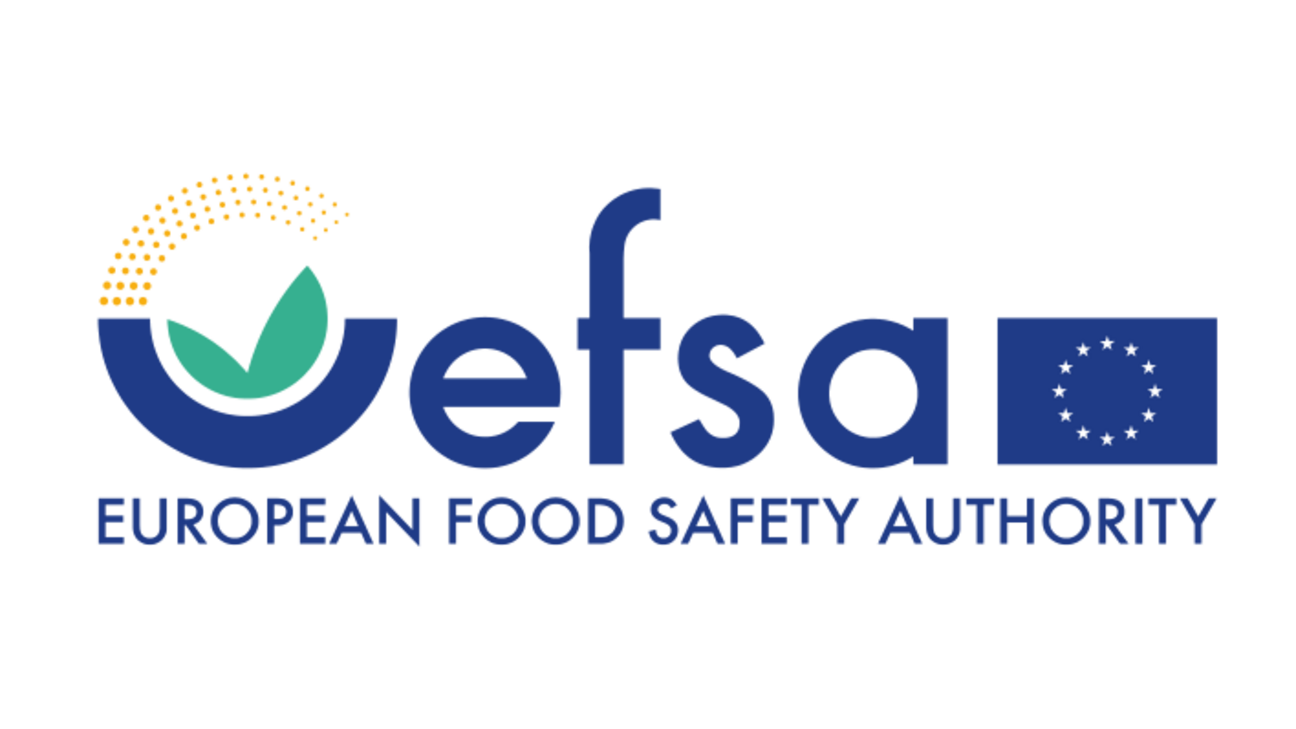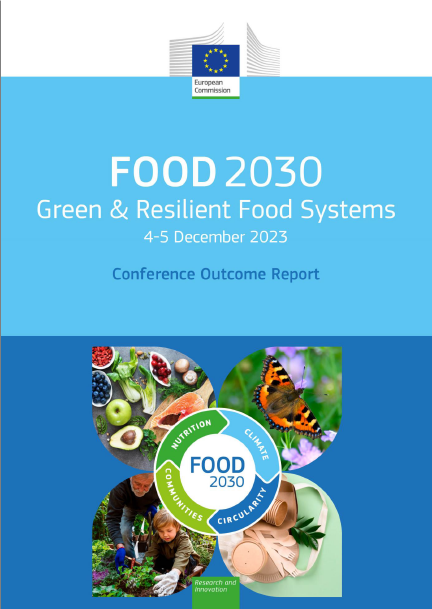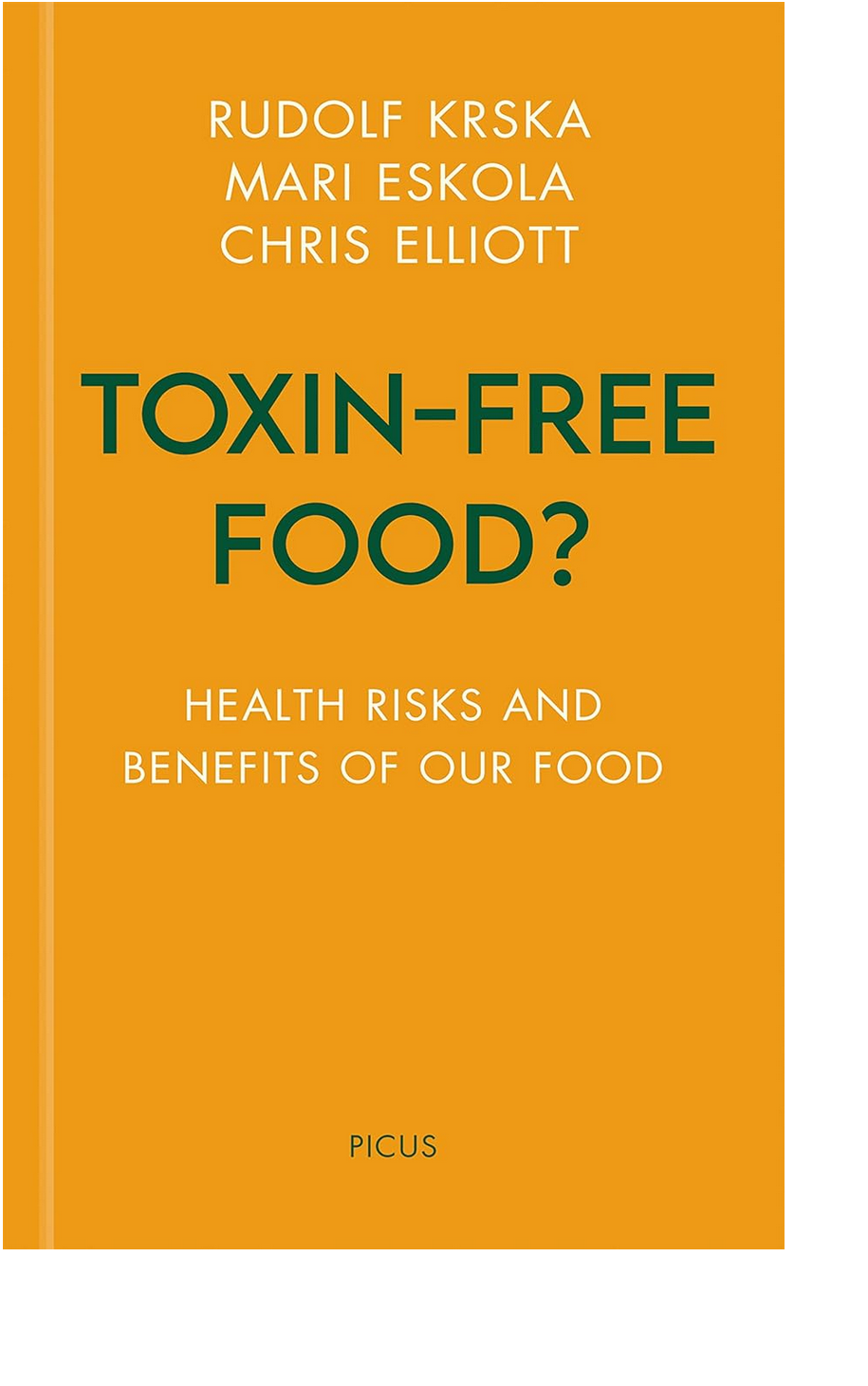Undesirable chemical substances: what’s new from EFSA scientific opinions and technical reports


FS4EU shares the summary of scientific opinions/technical reports on some undesirable chemical substances (including some metabolites of active substances of plant protection products) issued by EFSA in 2022 and provided by the Italian EFSA Focal Point
Toxicity of pyrethroid common metabolites
Scientific opinion, published on 21 October 2022
The EFSA Panel on Plant Protection Products and their Residues was requested by the European Commission, to conclude based upon available evidence if metabolites 3‐phenoxybenzoic acid (PBA) and 3‐(4′‐hydroxyphenoxy)benzoic acid (PBA(OH)), common to several pyrethroid compounds, have genotoxic properties if they share the (neuro)toxicity profile of their parent compounds, and if the evidence allows concluding on their health‐based guidance values. The available body of evidence consisted of studies from regulatory dossier submissions, as well as from public literature. In addition, the data gap for the short‐term toxicity profile of PBA was addressed by read‐across. The assessment revealed that PBA and PBA(OH) do not raise a concern with respect to genotoxicity. As regards general toxicity, PBA and PBA(OH) have different qualitative (no neurotoxic mechanism) and quantitative (higher NOAELs) toxicity compared to the parent pyrethroid compounds. For both metabolites, acceptable daily intake (ADI) and acute reference dose (ARfD) values were derived at 0.1 mg/kg body weight (bw) per day and 1 mg/kg bw, respectively.
Request for technical assistance in relation to the safety of hydroxyanthracene derivatives
Technical report, published on 20 October 2022
In accordance with Article 31 of Regulation (EC) No 178/2002, the European Commission asked EFSA to provide technical assistance in the context of its ‘Opinion on the safety of hydroxyanthracene derivatives for use in food‘ (EFSA ANS Panel, 2018). In this regard, EFSA was asked to assess whether the data from two new scientific publications presented by the Italian Society of Toxicology were sufficient to revise the conclusions of EFSA on the safety of hydroxyanthracene derivatives for use in food. The scientific publications under assessment were two in vivo comet assays in mice conducted on Aloe‐emodin and dried whole Aloe ferox juice, respectively. The results of the study with aloe‐emodin were considered inconclusive for the induction of DNA strand breaks with the standard comet assay protocol. Results obtained with the modified comet assay protocol with a lesion‐specific enzyme (hOGG1) suggest that aloe‐emodin can induce oxidative DNA damage in colon cells in vivo. The lack of DNA damage observed in the study on Aloe ferox juice was considered of low relevance with respect to the genotoxicity of hydroxyanthracene derivatives, because of the low concentrations of hydroxyanthracene derivatives and the potential counteracting effect of other components present in the juice (e.g. antioxidants). Based on the available evidence, EFSA concluded that the new information presented does not justify a revision of the conclusions of the EFSA ANS Panel Opinion on hydroxyanthracene derivatives.
Assessment of information as regards the toxicity of T‐2 and HT‐2 toxin for ruminants
Scientific opinion, published on 30 September 2022
In 2011, the EFSA Panel on Contaminants in the Food Chain (CONTAM) adopted a Scientific Opinion on the risks to animal health related to the presence of T‐2 (T2) and HT‐2 (HT2) toxins in food and feed. No observed adverse effect levels (NOAELs) and lowest observed adverse effect levels (LOAELs) were derived for different animal species. In ruminants, a LOAEL was established for the sum of T2 and HT2 of 0.3 mg/kg body weight (bw) per day, based on studies with calves and lambs. The CONTAM Panel noted that the effects observed in nutritionally challenged heifers and ewes give rise to the assumption that rumen detoxification of T2 may not always be complete and therefore effective to prevent adverse effects in ruminants. However, the limited data on the effects of T2 on adult ruminants did not allow a conclusion. The European Commission requested EFSA to review the information regarding the toxicity of T2 and HT2 for ruminants and to revise, if necessary, the established Reference Point (RP). Adverse effect levels of 0.001 and 0.01 mg T2/kg bw per day for, respectively, sheep and cows, were derived from case studies, and estimated to correspond to feed concentrations of 0.035 mg T2/kg for sheep and 0.6 mg T2/kg for cows. RPs for adverse animal health effects of 0.01 mg/kg feed for sheep and 0.2 mg/kg feed for cows were established. For goats, the RP for cows was selected, in the absence of data that they are more sensitive. Based on mean exposure estimates performed in the previous Opinion, the risk of adverse health effects from feeds containing T2 and HT2 was considered a concern for lactating sheep. For milking goats, a comparison performed between dietary exposure and the RP derived for cows, indicates a potential risk for adverse health effects. For dairy cows and fattening beef, the risk is considered low.
Assessment of information as regards the toxicity of fumonisins for pigs, poultry and horses
Scientific opinion, published on 24 August 2022
In 2018, the EFSA Panel on Contaminants in the Food Chain (CONTAM) adopted a Scientific Opinion on the risks for animal health related to the presence of fumonisins, their modified forms and hidden forms in feed. A no observed adverse effect level (NOAEL) of 1 mg/kg feed was established for pigs. In poultry a NOAEL of 20 mg/kg feed and in horses a reference point for adverse animal health effect of 8.8 mg/kg feed was established, referred to as NOAEL. The European Commission (EC) requested EFSA to review the information regarding the toxicity of fumonisins for pigs, poultry and horses and to revise, if necessary, the established NOAELs. The EFSA CONTAM Panel considered that the term reference point (RP) for adverse animal health effects better reflects the uncertainties in the available studies. New evidence which had become available since the previous opinion allowed to revise an RP for adverse animal health effects for poultry from 20 mg/kg to 1 mg/kg feed (based on a LOAEL of 2.5 mg/kg feed for reduced intestinal crypt depth) and for horses from 8.8 to 1.0 mg/kg feed (based on case studies on equine leukoencephalomalacia (ELEM)). For pigs, the previously established NOAEL was confirmed as no further studies suitable for deriving an RP for adverse animal health effects could be identified. Based on exposure estimates performed in the previous opinion, the risk of adverse health effects of feeds containing FB1–3 was considered a concern for poultry, when taking into account the RP of 1 mg/kg feed for intestinal effects. For horses and other solipeds, the risk is considered low, although a large uncertainty associated with exposure was identified. The same conclusions apply to the sum of FB1–3 and their hidden forms.
Assessment of the genotoxicity of acrylamide
Scientific Report, published on 5 May 2022
EFSA was requested to deliver a statement on a recent publication revisiting the evidence for genotoxicity of acrylamide (AA). The statement was prepared by a Working Group and was endorsed by the CONTAM Panel before its final approval. In interpreting the Terms of Reference, the statement considered the modes of action underlying the carcinogenicity of AA including genotoxic and non‐genotoxic effects. Relevant publications since the 2015 CONTAM Panel Opinion on AA in food were reviewed. Several new studies reported positive results on the clastogenic and mutagenic properties of AA and its active metabolite glycidamide (GA). DNA adducts of GA were induced by AA exposure in experimental animals and have also been observed in humans. In addition to the genotoxicity of AA, there is evidence for both secondary DNA oxidation via generation of reactive oxygen species and for non‐genotoxic effects which may contribute to carcinogenesis by AA. These studies extend the information assessed by the CONTAM Panel in its 2015 Opinion, and support its conclusions. That Opinion applied the margin of exposure (MOE) approach, as recommended in the EFSA Guidance for substances that are both genotoxic and carcinogenic, for risk characterisation of the neoplastic effects of AA. Based on the new data evaluated, the MOE approach is still considered appropriate, and an update of the 2015 Opinion is not required at the present time.
Evaluation of the risks for animal health related to the presence of hydroxymethylfurfural (HMF) in feed for honey bees
Scientific opinion, published on 20 April 2022
The European Commission has asked the EFSA to evaluate the risk for animal health related to the presence of hydroxymethylfurfural (HMF) in honeybee feed. HMF is a degradation product of particular sugars and can be present in bee feed. HMF is of low acute toxicity in bees but causes increased mortality upon chronic exposure. A benchmark dose lower limit of 10% (BMDL10) of 1.16 μg HMF per bee per day has been calculated from mortalities observed in a 20‐day study and established as a Reference Point covering also mortality in larvae, drones and queens for which no or insufficient toxicity data were available. Winter bees have a much longer lifespan than summer bees and HMF shows clear time-reinforced toxicity (TRT) characteristics. Therefore, additional Reference Point intervals of 0.21–3.1, 0.091–1.1 and 0.019–0.35 µg HMF/bee per day were calculated based on extrapolation to exposure durations of 50, 90 and 180 days, respectively. A total of 219 analytical data of HMF concentrations in bee feed from EU Member States and 88 from Industry were available. Exposure estimates of worker bees and larvae ranged between 0.1 and 0.48, and between 0.1 and 0.51 μg HMF/per day, respectively. They were well below the BMDL10 of 1.16 μg HMF/bee per day, and thus, no concern was identified. However, when accounting for TRT, the probability that exposures were below established reference point intervals was assessed to be extremely unlikely to almost certain depending on exposure duration. A concern for bee health was identified when bees are exposed to HMF-contaminated bee feed for several months.
Latest News

Food 2030: Green and resilient food systems – conference outcome report

Supporting future Risk Assessments: a survey by EFSA

ILVO renewal of cooperation with the EU FOOD SAFETY PLATFORM!

EFSA EU-FORA Programme call

Toxin-free Food?: Health Risks and Benefits of Our Food

Foodsafety4EU @Food2030!



